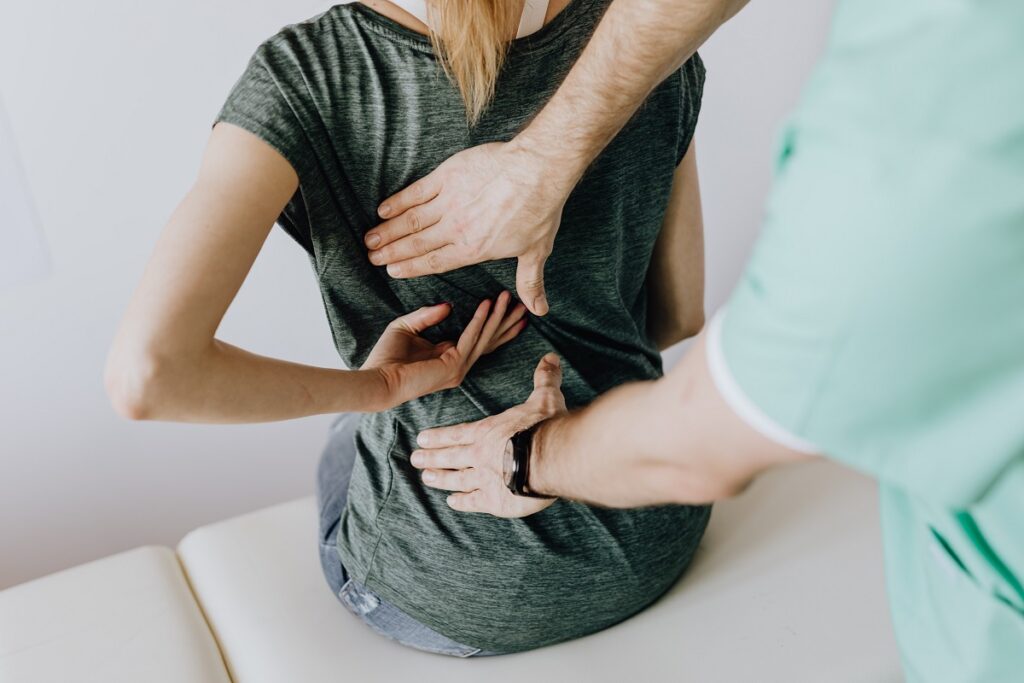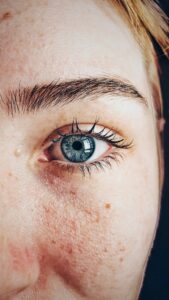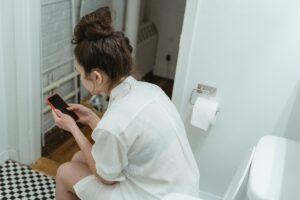Lower back pain: symptoms and treatments

The lower back, also called the lumbar region, is the area of the back below the ribcage. Lower back pain is so common that up to 80% of people will suffer from it at some point in their lives, and some studies claim it’s the #1 cause of absence from work worldwide.
Symptoms
Lower back pain is often, though not always, muscular in origin. It typically produces pain, stiffness, inflammation or numbness. There are many different symptoms, and these include:
- Pain when resting or sitting for long periods
- Pain when lifting something heavy or bending down
- Stiffness after a period of inactivity or when first waking up
- Numbness or weakness
Causes
There are many causes of lower back pain, including:
- A sedentary lifestyle
- Pregnancy
- Bad posture
- Muscle strain
- Arthritis (including spondylitis and spondylosis)
- Herniated disc
- Sciatica
- Spinal stenosis
- Unusual spine curvatures
- Fibromyalgia
Treatment
Because there are many different types and causes of lower back pain, it is best to see a doctor for an accurate diagnosis. The right treatment for you will depend on the severity of your symptoms and the cause of your pain, but most lower back pain resolves with simple self-care treatments.
- Apply heat to the affected area
- Apply cold to the affected area
- Apply pressure to the affected area
- Rest on a firm mattress and place a pillow beneath your thighs to reduce pressure on your lower back
- Change your sleeping position – try lying on your side with a pillow between your legs
- Use your knees not your back to bend over
- Try different footwear which are neither completely flat nor have pronounced heels
- Exercise the lower back muscles regularly to strengthen them – pilates and swimming are particularly recommended
- Physiotherapy treatment
- Over-the-counter pain medication
If you try the above methods and after a few days do not notice any improvement, the doctor may recommend some of the following treatments:
- Medications such as muscle relaxers or corticosteroid injections
- Medical appliances such as back braces
- Physical therapy such as massage, stretching, strengthening exercises or spinal manipulation
For the most severe cases, and usually as a last resort, surgery may be the only option. Types of surgery for lower back pain include:
- Radiofrequency lesioning
- Discectomy
- Foraminotomy
- Intradiscal electrothermal therapy (IDET)
- Nucleoplasty
- Spinal fusion
- Spinal laminectomy




